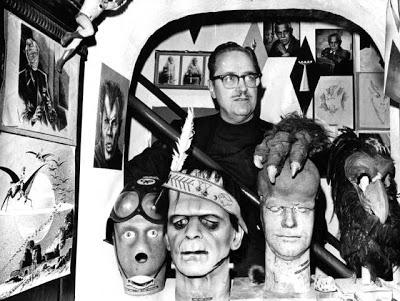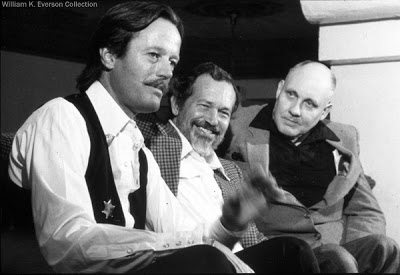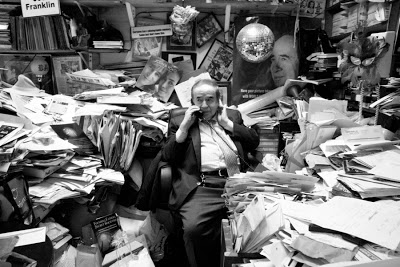
For fans of movies, television, video games and pop culture in general, nostalgia is a huge draw in looking back at all sorts of artifacts from the past that could probably otherwise be described as “deservedly forgotten”.
It’s always interesting to re-visit an old movie, or a TV show, from your childhood that you haven’t seen in years, and to see how clear and accurate your memories of it have remained.
Of course, sometimes we might react with “how could I ever have liked that?”, but other times we discover aspects of these works that completely went over our heads at the time. The constant barrage of re-makes and “re-imaginings” of older movies is just one more way for us to try to re-connect with those favorites of the past.
Far from being just an exercise in revisiting the past, nostalgia can have important implications in the way we remember the past, and in shining the spotlight onto performers, films, shows, etc. that have been undeservedly forgotten.
I thought it would be fun to take a look at some of the people who have turned the idea of nostalgia into something of major historical and cultural importance.
Take for example one of the most important figures in “nostalgia” – Forrest J. Ackerman.
 |
| Ackerman, presumably in his self-titled, Ackermansion |
Ackerman almost certainly did more than anyone else to preserve the legacy of the American horror and science-fiction entertainment. His magazine, “Famous Monsters of Filmland”, was of tremendous importance in turning whole generations of fans on to the world of the great monster and sci-fi movies.
Ackerman wasn’t a “historian” in the strictest sense of the word, but his mammoth collection of artifacts that he acquired over the years has certainly become of historical value, since it preserved for posterity many items that may not have otherwise survived. Ackerman himself became something of a celebrity for his invaluable work in contributing to the serious study of the genre.
“Collecting” might be one of the biggest benefits of a nostalgia craze around any given medium.
William K. Everson, for instance, collected over 3000 16mm films prints, building up one of the largest personal collections of anyone.
 |
| Everson (far right) with Peter Fonda and Warren Oates |
In doing so, he put together a great resource for fans and scholars alike. Everson, of course, was also one of the leading film historians, and his collection was built out of far greater concerns than simply nostalgia.
Everson contributed one of the key books in the Citadel Press “Films Of…” series, with his superb “The Films of Laurel and Hardy”, first published in 1967.
The Citadel Press published a whole series of books based around the idea of providing a complete filmography of a given actor’s work. In the days before the Internet, these reference books were extremely handy in identifying films with a particular actor. It is perhaps no coincidence that the series became very popular right around the heyday of old movies being broadcast on network television in the pre-cable days. Because viewers could suddenly catch so many old movies on TV, appealing to the viewers’ sense of nostalgia, it resulted in a renewed interest in film history.
The Citadel Press “Films Of…” books reflect that increasing interest in the films as historic artifacts, and not just disposable entertainment.
Of course, you can’t discuss nostalgia without mentioning “The King of Nostalgia” himself, Joe Franklin.
 |
| Franklin in his office before Spring Cleaning |
A pioneer of the talk-show format, Franklin has had one of the longest careers in show business, and specializes in nostalgia, especially highlighting great performers of the past – Eddie Cantor, Al Jolson and so on. From his radio show, “Memory Lane”, to his television talk show, Franklin has kept nostalgia “alive”.
Franklin is also a superb historian, with a vast knowledge of show business and performers.
Through his interviews on his show, he recorded for posterity many insights into show business, as well as the first television performances of many, many important entertainers. In this sense, he has helped shape the future of popular entertainment as well as preserving its past.
We never know what seemingly unimportant or forgettable pop culture artifact of today could end up being of historical value tomorrow.
One thing is certain: it will be interesting to see what audiences of 10, 20 and 30 years from now will consider to be worth re-visiting.








































































































